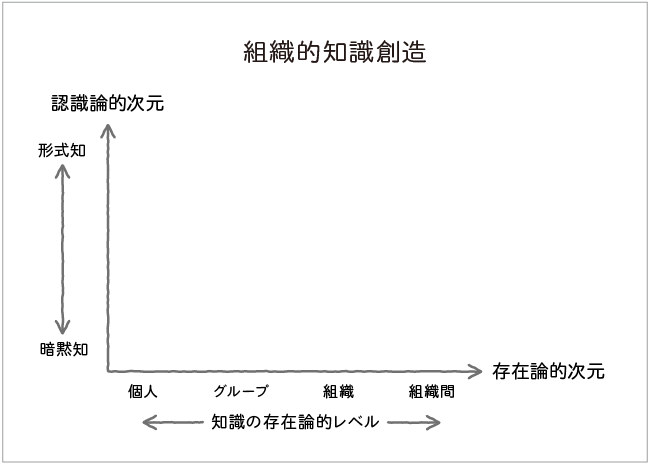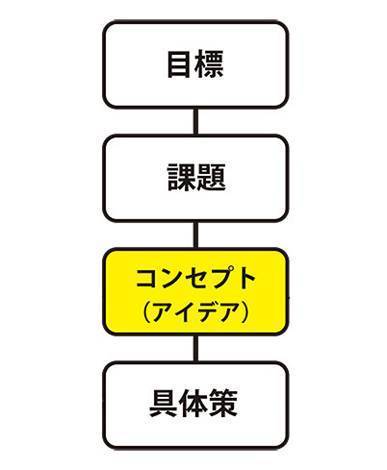At a certain butcher shop in Chino City, Nagano Prefecture, horse meat is always available. Even if they don't have beef or pork, they usually stock two grades: "Premium" and "Superior." Both are priced around 400 yen per 100 grams. This stir-fry horse meat is hard to find in Tokyo, but it's tender and mild, so even kids enjoy it. So, the other day when a friend's family came to visit, I prepared a literal "beastly meat" dinner: "Horse Meat Stir-Fried with Wild Garlic and Soy Sauce" (I'll write about this spring's incredibly delicious wild vegetables another time) and "Roasted Venison." The kids absolutely loved it.

Appetizers for the adults

The main "baka" meat
Now, let's discuss how the "Cross Frame"—repeatedly introduced in this column—came to be. This will surely help you gain a deeper understanding of this framework.
Professor Ikujiro Nonaka, author of the globally renowned work "The Knowledge-Creating Company," identified "two dimensions" at the core of the process by which organizations generate innovation through knowledge creation.

Source: The Knowledge-Creating Company (by Ikujiro Nonaka and Hirotaka Takeuchi, translated by Katsuhiro Umemoto), Toyo Keizai Inc.
One is ontology concerning the agents of knowledge creation. The fact that the agents creating new knowledge within a company dynamically shift from individuals to groups, from groups to organizations, and from organizations to inter-organizational levels. The image is that an individual's idea is refined through group discussion, and eventually co-creation begins, transcending organizational boundaries like sales, procurement, planning, and manufacturing.
The other is an epistemology concerning "what knowledge is." A major feature of Nonaka's theory was treating not only the objective, rational "explicit knowledge" (e.g., digital data) generally recognized in Western society, but also the subjective, experiential "tacit knowledge" (e.g., experience, intuition) as "knowledge."
"Individual and organization" and "explicit and tacit knowledge." The concept is that the interaction along these two axes generates ideas and becomes the driving force for innovation.
While writing my previous book, The Textbook of Ideas: Dentsu Inc. Circular Thinking, I naturally researched these "two dimensions" as I contemplated the relationship between an advertising agency's approach to generating ideas and innovation.
It seemed self-evident that developing advertising ideas requires leveraging not only rational "explicit knowledge" but also subjective "tacit knowledge." Consequently, I deliberately omitted extensive discussion on this point.
On the other hand, I felt it was crucial to organize how an individual advertising creator's inspiration connects to the company's vision through solving marketing challenges. So, I focused on that and created a four-frame model.
This helped clearly define the role of "concept," a term sometimes used ambiguously. However, when it came to actually developing concepts, I gradually found it unsatisfying that this framework didn't address the process of struggling to find new connections between people, things, and events – a process that cannot be ignored.
Thus, when writing 'How to Create Concepts: Dentsu Inc.'s Approach to Product Development', I developed the 'Cross Frame'. The vertical management axis relates to the 'ontology of knowledge', while the communication axis relates to the 'epistemology of knowledge'.
By properly grounding myself in Professor Nonaka's dual axes, I was able to clearly articulate several previously vague sensations. For instance, the observation I shared in my previous column – "Ultimately, there are only two reasons why product development fails" (either the management axis isn't functioning well, or the communication axis isn't functioning well) – also originated from this framework.
A framework capable of perfectly organizing the complex realities of society isn't something someone like me can easily develop. However, I intend to continue refining it step by step through ongoing discussion.
Please, help yourself!










